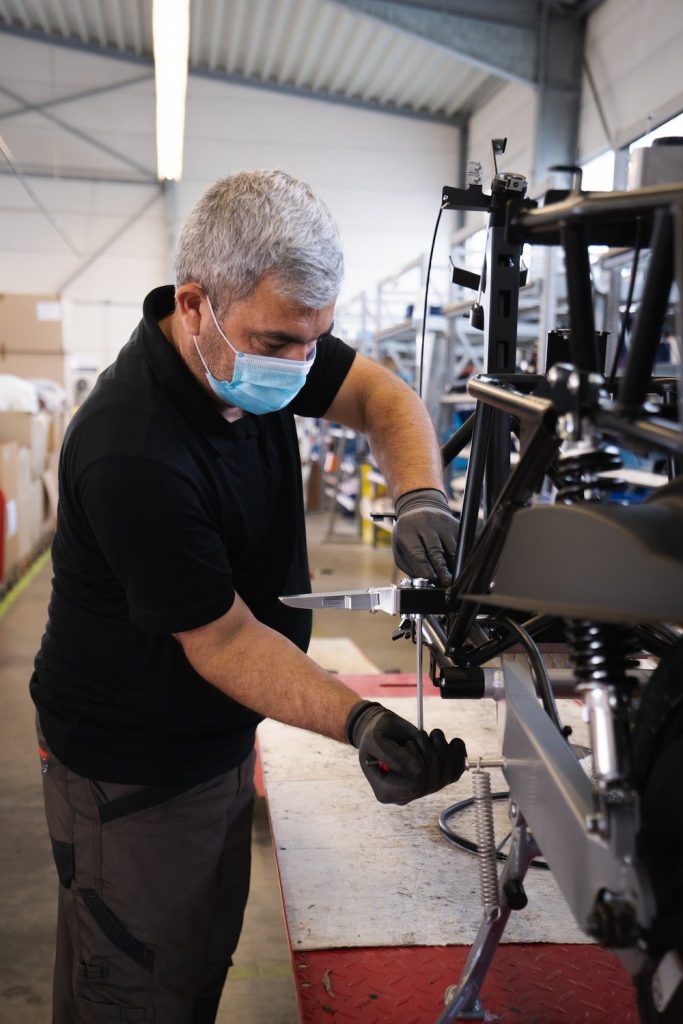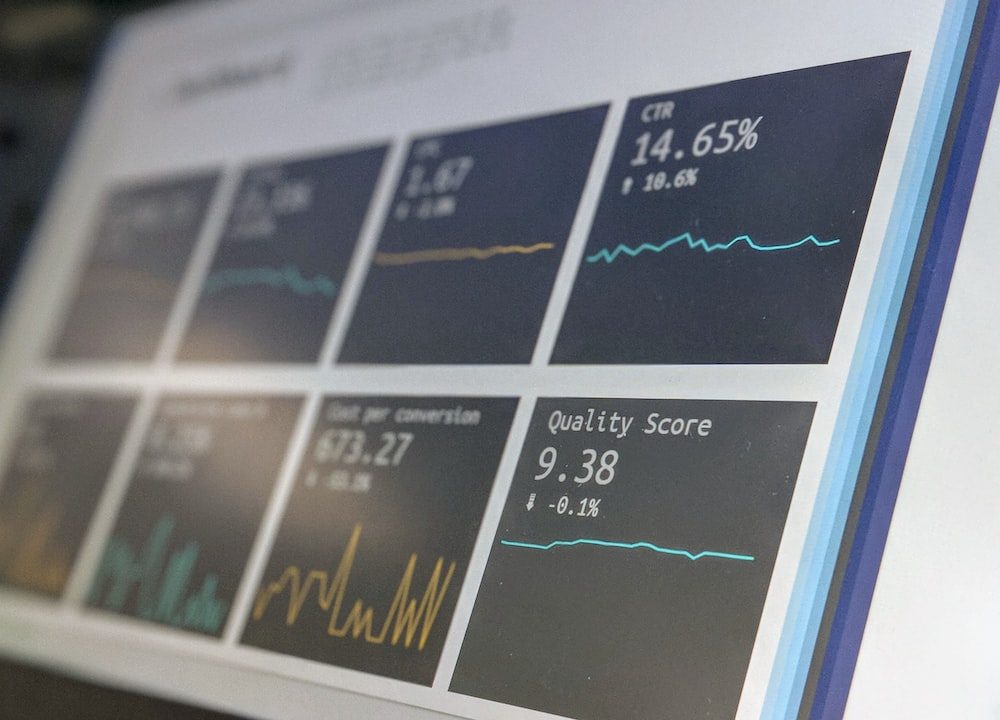Maximizing Efficiency: A Guide to Operational Excellence
Operational excellence has become a buzzword in the manufacturing industry. But what exactly is operational excellence? In simple terms, it is the process of continuously improving the operations of a company to enhance efficiency, productivity, and ultimately, profitability.
Operational excellence is essential for any organization that wants to remain competitive in today’s fast-paced and ever-changing business environment. Companies that implement operational excellence programs experience reduced costs, increased output, and improved quality.
The goal of operational excellence is to create a culture of continuous improvement within an organization. This culture fosters a mindset of looking for ways to enhance processes, reduce waste, and optimize resources. Hence, operational excellence aims to achieve a combination of increased efficiency, effectiveness, and flexibility.
In conclusion, operational excellence is about finding and addressing the factors that impede a company’s efficiency and effectiveness. It is a process of never-ending improvement that helps companies drive productivity, increase quality, and reduce costs. By adopting operational excellence, businesses can stay ahead of the competition and meet the ever-changing demands of the market.
Tools for Achieving Operational Excellence
Operational excellence is all about maximizing efficiency and being the best that you can be in your industry. It’s about being lean, productive, and cost-effective. There are many tools available to help businesses achieve operational excellence, including Lean Manufacturing, Kaizen, Six Sigma, Total Productive Maintenance (TPM), and the 5S Methodology.
Lean Manufacturing is a system for eliminating waste in production processes. The goal is to make the manufacturing process as efficient as possible by focusing on what adds value to the end product, while eliminating anything that doesn’t. This means reducing inventory, eliminating wasted time and resources, and streamlining production processes.
Kaizen, which means “continuous improvement” in Japanese, is a philosophy that encourages companies to constantly strive for better results. The focus is on small, incremental improvements over time, rather than big leaps forward. Kaizen is about involving everyone in the company in the improvement process and making sure that everyone is working towards the same goals.
Six Sigma is a data-driven approach to quality control that focuses on minimizing defects and variations in processes. It’s about using statistical analysis to find and fix problems before they become major issues. Six Sigma requires a lot of data analysis and measurement, but it can be incredibly effective in improving quality and reducing costs.
Total Productive Maintenance (TPM) is a comprehensive approach to maintenance that involves everyone in the organization. The goal is to achieve zero breakdowns, zero defects, and zero accidents. TPM focuses on preventive maintenance and continuous improvement, and it can help companies reduce downtime and improve overall efficiency.
The 5S Methodology is a system for organizing and standardizing the workplace. The five S’s stand for Sort, Set in Order, Shine, Standardize, and Sustain. The goal is to eliminate clutter and create a clean, well-organized workplace that makes it easy for employees to find what they need and do their jobs. The 5S Methodology can help improve safety, reduce waste, and improve overall efficiency.
Implementing tools like Lean Manufacturing, Kaizen, Six Sigma, TPM, and the 5S Methodology can be a major undertaking, but the benefits can be enormous. By focusing on efficiency and continuous improvement, companies can reduce costs, improve quality, and stay competitive in their industries.
Of course, there are some challenges and pitfalls to be aware of as well. Resistance to change, lack of leadership support, unrealistic expectations, inadequate training and resources, and overemphasis on metrics can all derail an operational excellence initiative. But by staying focused on the goals and using the right tools, companies can overcome these obstacles and achieve operational excellence.
Implementation of Operational Excellence

Operational Excellence is not a one-time effort. It is an ongoing process that requires an organization to adopt a culture of continuous improvement. Implementation of Operational Excellence requires a careful and systematic approach to drive change and improvement across the entire organization. There are several key factors that must be considered when implementing Operational Excellence within any organization.
Creating a Culture of Continuous Improvement is an important aspect of Operational Excellence. This requires a mindset shift that emphasizes the importance of ongoing improvement at all levels of the organization. To create this culture, it is important to ensure that all employees understand the benefits of Operational Excellence, how it can help their organization to achieve its goals and objectives, and the role that they play in its success. This can be done through ongoing training and communication that emphasizes the importance of continuous improvement and encourages employees to share their ideas and suggestions for improvement.
Identifying and Eliminating Waste is also critical to achieving Operational Excellence. This requires a thorough understanding of the organization’s processes and systems, with a focus on identifying areas that are not adding value to the organization. By eliminating waste, the organization can become more efficient, reduce costs, and improve overall performance. This can be achieved through the use of tools such as Lean Manufacturing, Kaizen, and the 5S Methodology, which are discussed in detail in the next section.
Reducing Defects and Variations is another important aspect of Operational Excellence. This requires a focus on quality control throughout the organization, with a goal of reducing defects and variations in all products and services. This can be achieved through the use of methods such as Six Sigma, which focuses on reducing defects to a level of no more than 3.4 defects per million opportunities. By reducing defects and variations, the organization can improve customer satisfaction, reduce costs, and increase profitability.
Measuring Performance and Improvement is critical to ensure that the organization is making progress towards its goals and objectives. This requires the use of Key Performance Indicators (KPIs) that measure the organization’s performance across various areas of the business. By tracking these KPIs, the organization can identify areas that need improvement and make the necessary changes to drive ongoing improvement.

Building a Strong Leadership Team is also important for achieving Operational Excellence. This requires leaders who are committed to the process of ongoing improvement and who are able to lead by example. Leaders must be able to inspire their teams, communicate the vision for Operational Excellence, and provide the necessary resources and support to ensure its success.
In conclusion, Implementation of Operational Excellence is an ongoing process that requires a careful and systematic approach to drive change and improvement across the entire organization. Creating a Culture of Continuous Improvement, Identifying and Eliminating Waste, Reducing Defects and Variations, Measuring Performance and Improvement, and Building a Strong Leadership Team are key factors that must be considered when implementing Operational Excellence within any organization. By focusing on these areas, organizations can achieve their goals and objectives, reduce costs, and increase profitability.
Challenges and Pitfalls
Operational Excellence may seem like an elusive goal for many organizations, and there are indeed challenges that come with achieving it. These obstacles can stop even the most diligent organizations in their tracks. In this section, we’ll discuss some common hurdles to Operational Excellence and how to overcome them.
First up is Resistance to Change. Change can be scary, and old habits die hard. Sometimes employees become defensive when faced with changes to their work processes or structures. They can be resistant to learning new skills which results in a lack of adoption towards new initiatives. To overcome resistance to change, it is important to educate employees on the benefits of Operational Excellence. It is necessary to provide support, encouragement and provide the relevant training for them to feel comfortable with any changes.
Another hurdle that can prevent Operational Excellence is Lack of Leadership Support. A culture of change and continuous improvement can only be established if it is supported from the top down. If leaders do not show a strong commitment to Operational Excellence, employees will be less likely to buy into the change and work towards Operational Excellence.
Unrealistic Expectations can also be a pitfall in operational excellence. Organizations need to set realistic goals for improvement, which are aligned to the resources available. Overpromising and under-delivering can be demotivating for all. Leadership must establish expectations that are challenging, but also realistic.
Inadequate Training and Resources can be a hindrance to achieve Operational Excellence. It is important for employees to receive the necessary training and resources to enable them to work efficiently. Investing in continuous education and the relevant software can increase the effectiveness of employees and allow for further optimization.
Finally, Overemphasis on Metrics can be potentially damaging to sustaining Operational Excellence. Metrics are indeed important tools for measuring progress, but when an organization becomes too fixated on hitting arbitrary targets, it can detract from the larger goal of Operational Excellence. Metrics should be used only to measure progress towards goals, but the emphasis must still be on the larger objective of creating a culture of continuous improvement.
Overcoming these challenges is key to achieving Operational Excellence. By establishing a culture of change, setting realistic expectations, providing continuous training, and placing an emphasis on culture over metrics, organizations can create a foundation for sustainable growth.
Conclusion
In conclusion, achieving operational excellence is no easy feat. It requires a cultural shift in an organization, a commitment to continuous improvement, and the implementation of a variety of tools such as lean manufacturing, Kaizen, Six Sigma, TPM, and 5S methodology. It is a long and arduous journey, but the rewards of increased efficiency, reduced waste, and improved product quality far outweigh the challenges and pitfalls that may arise.
To successfully implement operational excellence, an organization must create a culture of continuous improvement, identify and eliminate waste, reduce defects and variations, measure performance and improvement, and build a strong leadership team. However, internal resistance to change, lack of leadership support, unrealistic expectations, inadequate training and resources, and an overemphasis on metrics can all hinder progress.
Ultimately, operational excellence is an ongoing journey, not a destination. By committing to the process and utilizing the appropriate tools, organizations can achieve significant improvements in their operations, resulting in increased customer satisfaction, higher profits, and a more engaged workforce.
The aucobo collaboration platform for the industry
Aucobo’s intelligent collaboration platform offers an efficient solution to digitalize communication and collaboration on the shop floor. By integrating the aucobo solution, man and machine can be connected in the production.
Thanks to the hardware-independent solution, the aucobo collaboration platform can be used for a wide variety of areas and can be integrated with a wide variety of smart wearables. Individual workflows can be created within minutes and executed digitally on site. With the help of this tools Operational excellence managers have a wide set of possibilities to set up or improve Operational Excellence in the production.
The aucobo solution is already widely used in production, logistics and maintenance and has been successfully implemented for various use cases. It enables a reduction of response times by 80%, of downtimes by 30% as well as a 30% increase in OEE.
In this way, aucobo is able to revolutionize the entire shop floor, relieve employees and increase the overall efficiency of numerous companies..
You want to digitize your shop floor and thereby increase your efficiency? Feel free to make an appointment for an initial exchange!
Connect your workers and machines with the help of the intelligent aucobo collaboration platform!
Contact us now and receive comprehensive advice.

